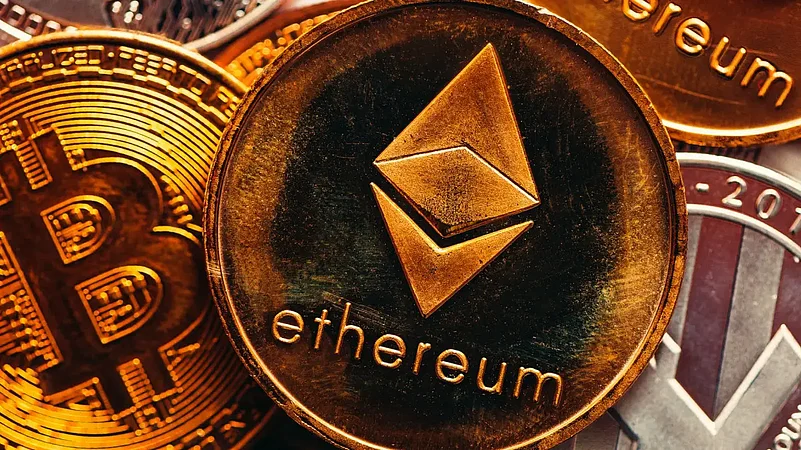In two days and 15 hours, Ethereum will switch from a proof-of-work mechanism (PoW) to an ‘environment-friendly’ consensus mechanism, widely dubbed an Ethereum Merge.
The much-awaited merge is critical since the Ethereum blockchain powers numerous decentralised applications (Daaps), non-fungible tokens (NFT), metaverse, games, and stablecoins. Moreover, all stablecoins need a blockchain network to perform their tasks.
Stablecoins are blockchain-based crypto tokens pegged to a fiat currency for transactions. Some stablecoins are also backed by physical gold. Stablecoins need a blockchain or similar distributed ledger technology (DLT) to record transactions. However, the choice of technology depends on the stablecoin issuer.
"A stablecoin is a digital currency that is pegged to a stable reserve asset like the $ or gold. Stablecoins are designed to reduce volatility relative to unpegged cryptocurrencies like Bitcoin," said Amanjot Malhotra, country head, Bitay India, the Indian subsidiary of Turkish crypto exchange Bitay.
Advertisement
Malhotra further explained that the value of cryptocurrencies like Bitcoin and Ethereum fluctuates a lot, sometimes by the minute. "An asset that’s pegged to a more stable currency (stablecoins) can give buyers and sellers certainty that the value of their tokens won’t rise or crash unpredictably in the near future," he added.
For instance, USDD, an algorithmic stablecoin on the TRON blockchain, does not operate on the Ethereum blockchain. Nevertheless, the Ethereum blockchain is the most popular choice for stablecoins and other crypto products such as NFT, DeFi, gaming, metaverse, etc.
Here’re Are Top 5 Ethereum Blockchain-Based Stablecoins
According to crypto info aggregator Coinmarketcap, the top five Ethereum (ETH) blockchain-based crypto stablecoins based on the market cap as of September 12 are Tether USDT, Circle’s USDC, Binance BUSD, Maker DAO’s DAI and Frax Finance’s FRAX.
Advertisement
Tether (USDT): USDT is the world’s first stablecoin, created in 2014. It was issued by Hong Kong-based company iFinex, which owns the Bitfinex crypto exchange. Tether has $66.4 billion in assets as of June 30, 2022, according to the audited statement of the accounting firm, BDO Italia. USDT’s current market cap is around $69 billion.
USDC: USDC is issued by Circle and backed by short-dated US treasury bonds. Auditing firm Grant Thornton LLP audits the coins and issues monthly attestations. USDC’s current market cap is about $51 billion. As per a Grant Thornton audit report on August 24, 2022, USDC has about $54 billion in assets, backed by cash and US government treasury instruments.
BUSD: BUSD is a stablecoin issued by Binance, the world’s largest crypto exchange, in partnership with New York-based crypto wallet company Paxos.
Binance disclosed that BUSD is fully backed by cash and cash-equivalent reserves, held and managed by Paxos and regulated by the New York State Department of Financial Services. BUSD has a market cap of about $20 billion.
DAI: DAI is a stablecoin issued by Maker DAO, a decentralised autonomous organisation. DAI is not backed by any traditional asset or US dollar. Instead, it is supported by a combination of Ethereum-based DeFi contracts, Ethereum tokens, and USDC. DAI currently has a market cap of about $6 billion.
Advertisement
DAO is an organisation where token holders make decisions through a voting mechanism. There is no centralised control of any one individual in a DAO. There is no centralised control of any one individual in a DAO .
FRAX: It is an algorithmic fractional stablecoin issued by FRAX finance. FRAX is an open-source, decentralised, and on-chain stablecoin on the Ethereum blockchain. It maintains its dollar peg by using collateralised USDC: Its native FXS crypto token uses real-time market data with the help of its algorithm. Its current market cap is about $1.4 billion.















 Just one email a week
Just one email a week